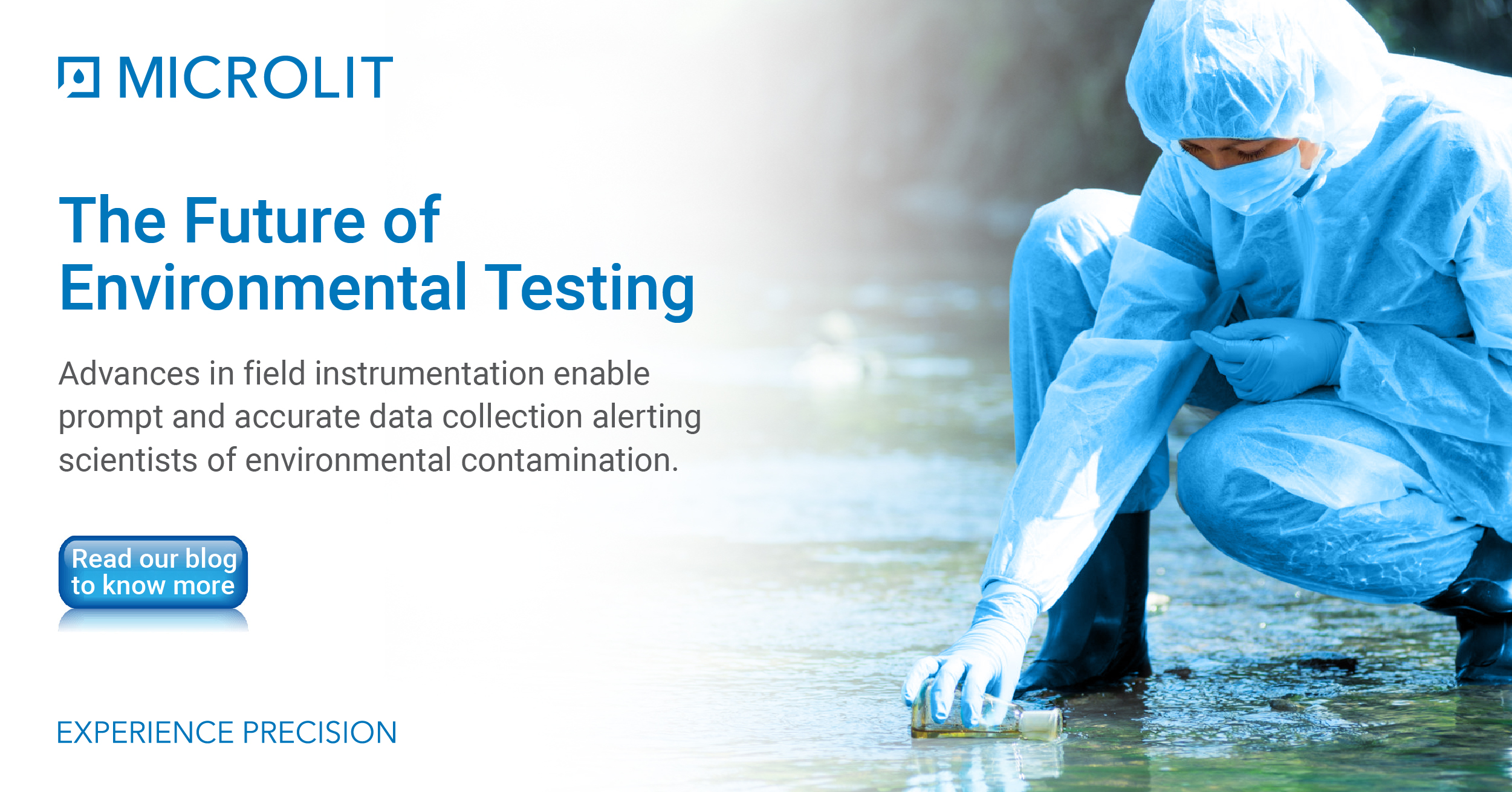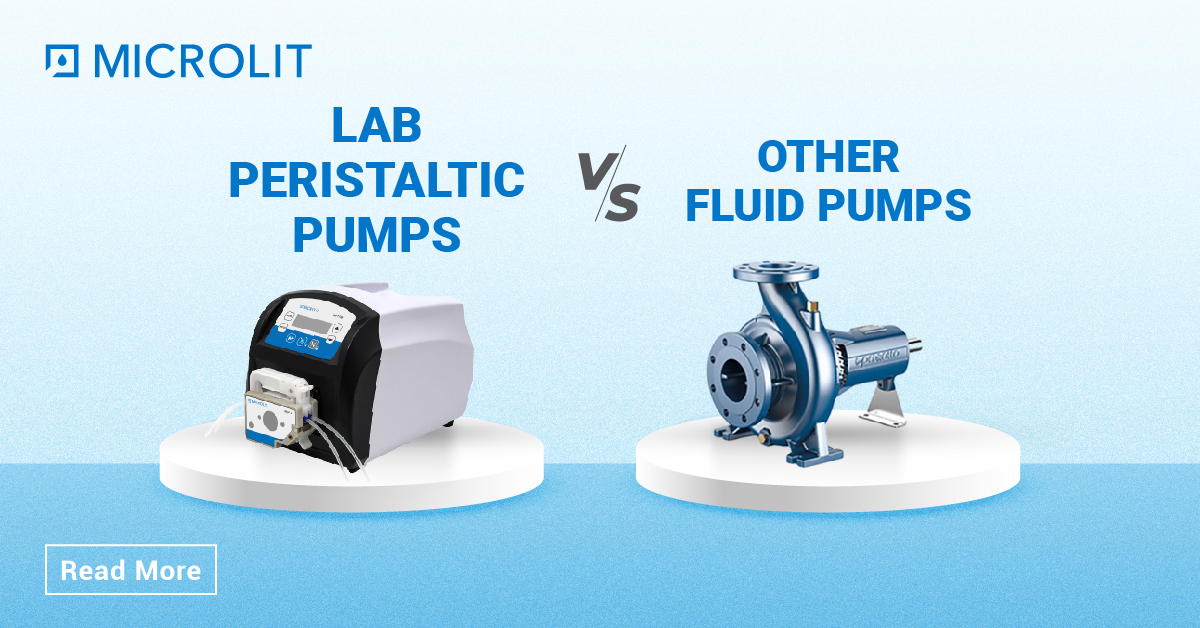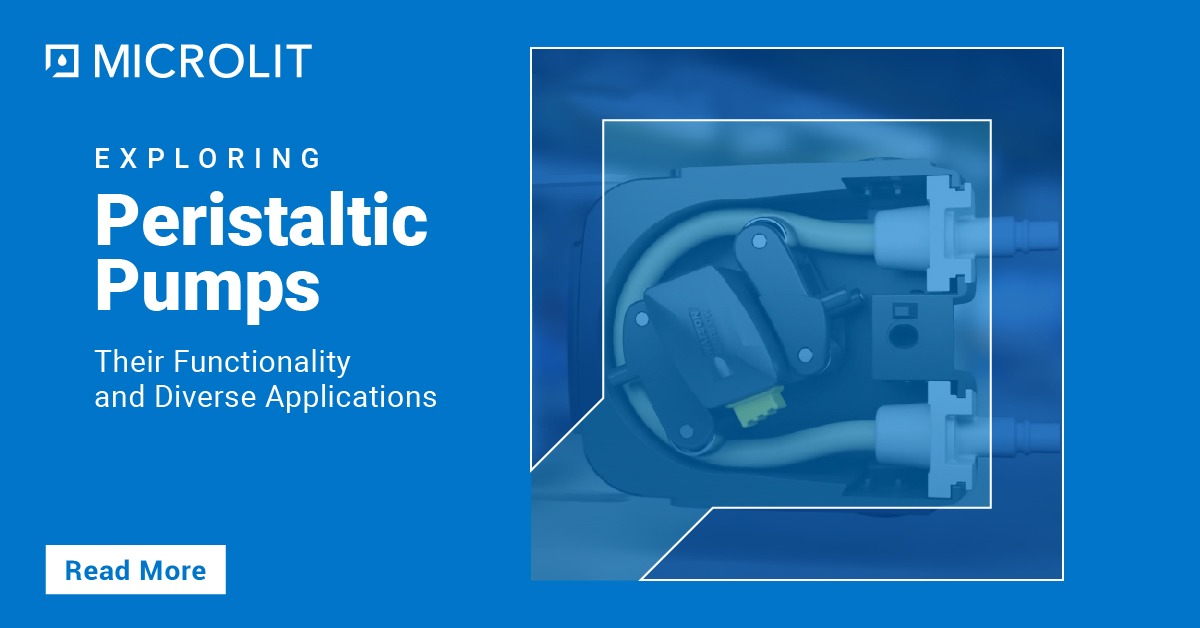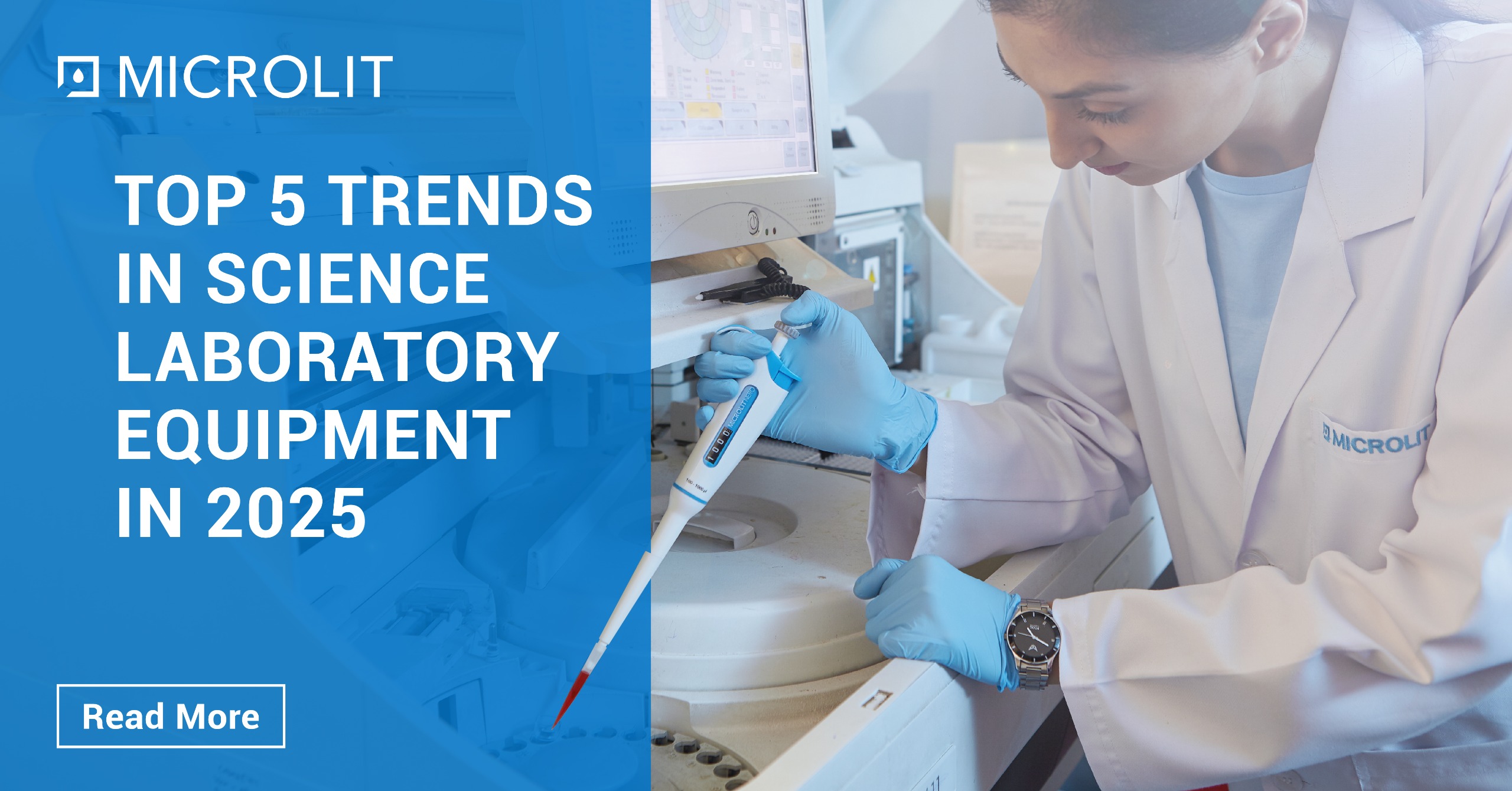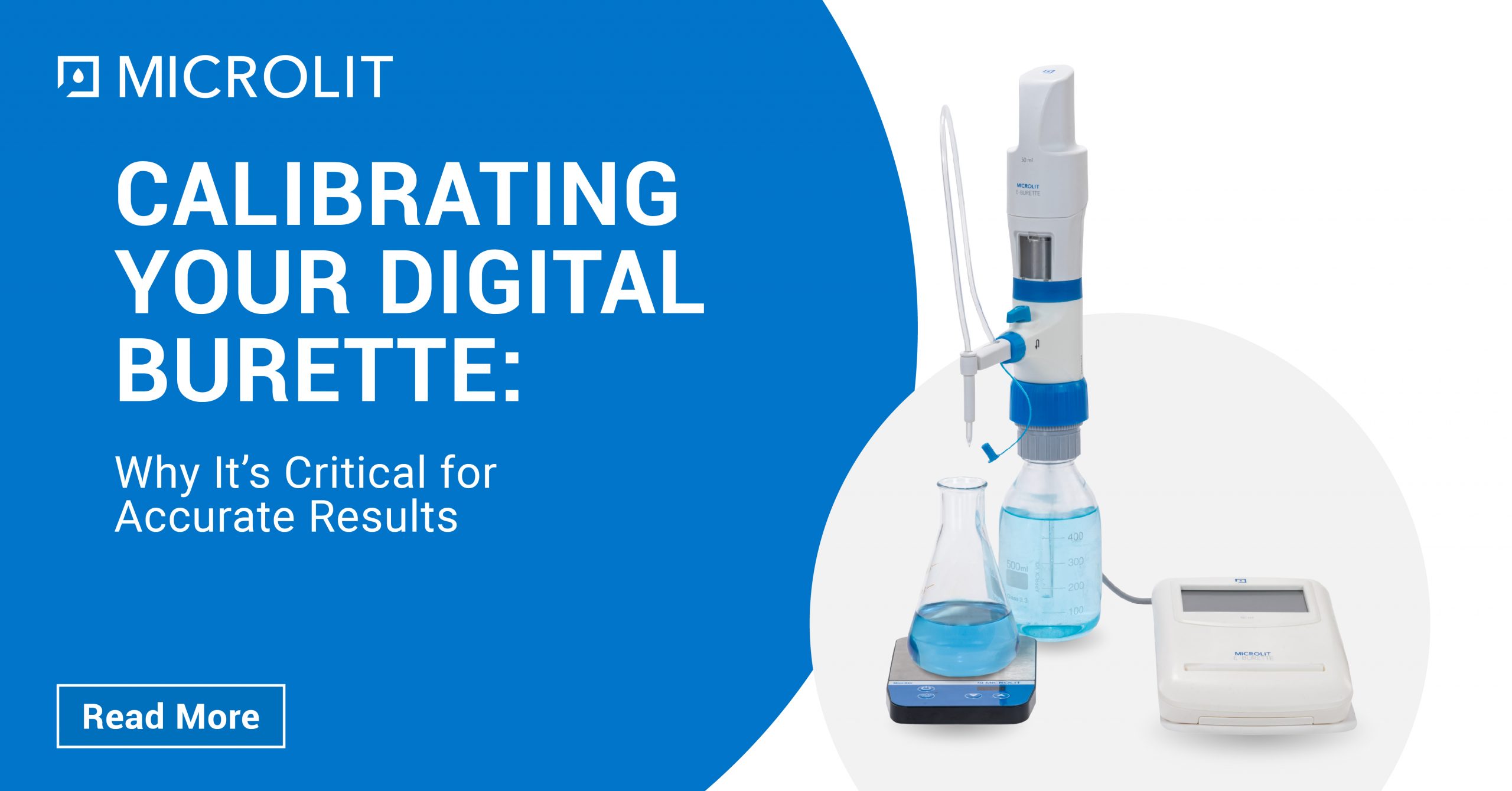Our environment has undergone noticeable changes in the past few decades. Today, issues such as water & soil contamination are one of the biggest grievances for the governments of the world and the common man.
To ensure that there is no drastic change happening and track the shifting environmental quality, scientists are keeping a close check. To get an accurate reading of the current conditions, they monitor air, water and soil with dependable instruments.
These instruments are used in fields like:
- Environmental Chemical Testing
- Agriculture
- Petroleum
- Field Testing
- Public Health & Safety
Owing to the rapid changes in nature and the difficulty of transporting samples back to the lab, field instrumentation has now become vital in environmental testing. Nowadays, environmental testing is being carried out in real-time with the help of temperature chambers, biofuel analysers, pH meters, etc. We are also witnessing advancement in field instrumentation, making the process even more efficient.
Field Instrumentation of Environmental Testing – Importance and Advancement
Our environment is changing by the minute and scientists often have a hard time analysing the samples they’ve gathered accurately and on time. To keep a check on the condition of the soil, water, air, etc., portable labs and other high-tech equipment are being used to get the results in real-time.
With technological advancements, it has become imperative to upgrade environmental testing equipment. This makes the process more accurate, efficient, low-cost and of high quality. All these goals are achievable by integrating the latest technology in IT, electrical and mechanical supporting the advancement in field instrumentation.
With the aid of field instrumentation, scientists have been able to analyse soil and water quality to ensure that the ecosystem is healthy, and check if the environmental regulations are complied with. With the setting up of heavy industries, soil, water and air are being blindly contaminated across the world.
It is common knowledge that the consumption of contaminated natural resources has various adverse effects on human health, animals and the ecosystem as a whole.
Let us further discuss some advancements in field instruments that are becoming popular amongst scientists for soil and water testing.
Advanced Field Instruments Used for Soil and Water Testing
Soil Testing

- Gas Chromatography with Mass Spectrometry (GC-MS)
The GC-MS method helps analyse small, volatile molecules like pesticides or other contaminants in soil. When the separation technique of Gas Chromatography is combined with the detection power of Mass Spectrometry, the method enables the scientists to separate complex mixtures, identify unknown peaks and determine the level of contamination.
- Portable X-Ray Fluorescence (PXRF)
The PXRF helps scientists gather information on the elemental composition of the sample. It is beneficial for scientists as the availability of the equipment on-site helps make decisions quickly.
- Bottle Top Dispenser (BTD)
Bottle Top Dispensers are widely used for soil analysis. Usually, a solution is prepared by mixing a part of soil with water and the soil samples are sorted in BTDs as they can be easily handled and ensure that the test is calibrated. The BTDs facilitate N-P-K analysis, carbon content analysis, oxygen content testing and more.
- Micropipettes
Determining the texture of soil, particularly clay, is an important variable while testing it. To measure the clay and sand content in soil, micropipettes are used. Micropipettes are also used to prepare samples while determining the fertility and pH value of the soil.
- Electronic Burette
The fertility of soil is determined by the presence of organic carbon content. Researchers obtain the total organic carbon levels through Dichromate Oxidation with the heating method for which E-Burettes are used. Due to the ergonomic design and innovative features, E-Burettes are capable of generating accurate results.
- Water Testing

- Turbidimeter
The degree of cloudiness or haziness of a liquid is known as turbidity. It is caused by the presence of silt, clay, organic and inorganic matter as well as the presence of microorganisms. Known to be an important tool to monitor the quality of water, the turbidimeter measures the turbidity of a sample.
- Colorimeter
A colorimeter indicates the presence of certain compounds in a water sample. It measures the light that is absorbed by the sample once it reacts with a reagent and changes colour. The darker the colour of the sample, the higher the concentration of a compound.
- Electronic Burette
Scientists use the electronic burettes to assess the hardness and alkalinity of groundwater. The total hardness of the water is analysed by the volumetric titration method, under which the volume of calcium, magnesium and chloride ions present in water is checked. These tests are essential because if certain elements are not kept within acceptable limits, they can contaminate the water and make it unfit for consumption.
- Micropipette
The first step of water testing is sampling and micropipettes make sure that the sampling is accurate. Water is collected in the desired quantity with the micropipette appropriate for the experiment. Using the right micropipette ensures that the sample is precise for carrying out further studies.
The sophisticated instruments available today for field testing are a relief for researchers. Keeping a close eye and testing the environment is essential for the well-being of our entire ecosystem. The new technology is enabling researchers to get more accurate data and record the changes happening in the environment, and act accordingly.
The Microlit liquid handling instruments – Microlit E-Burette, Microlit Bottle Top Dispenser and Microlit Micropipette – are ergonomically designed with intuitive handling in mind delivering highly precise and accurate results. These instruments are widely used for Environmental Testing. To know more, visit www.microlit.com.

